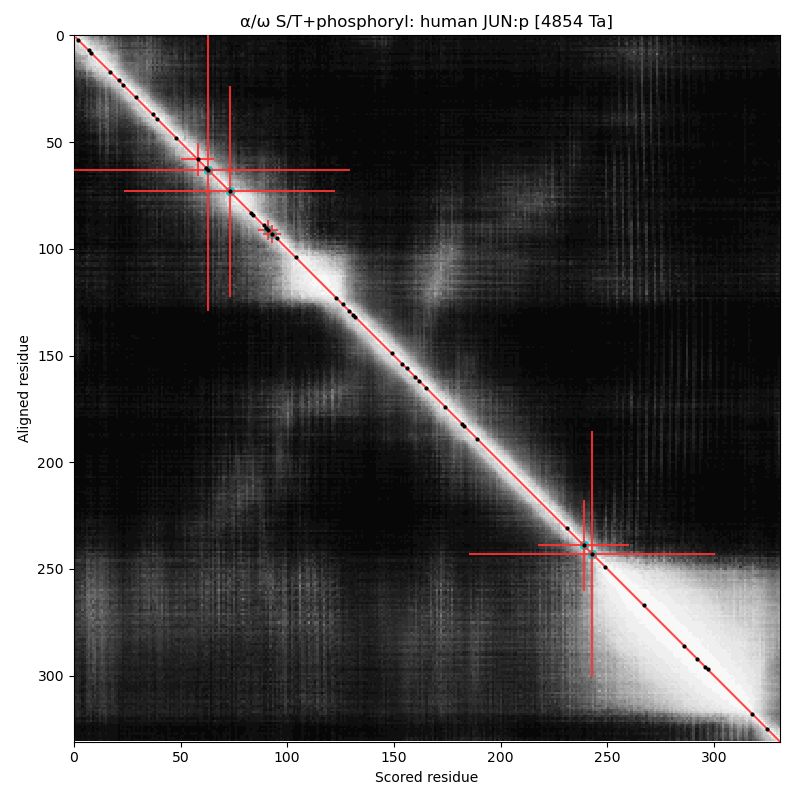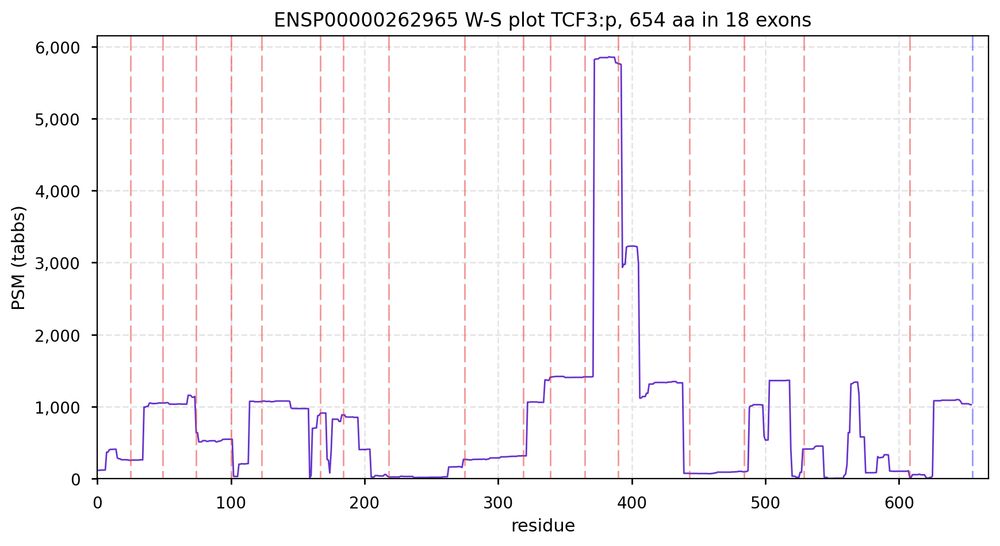
Putting it online since 1995.
Just say no to cancer research (lesson learned).
QA >> QC
I enjoy doing things I am not very good […]
🌉 bridged from ⁂ https://mastodon.social/@RonBeavis, follow @ap.brid.gy to interact











[Original post on mastodon.social]


[Original post on mastodon.social]
























[Original post on mastodon.social]


[Original post on mastodon.social]





